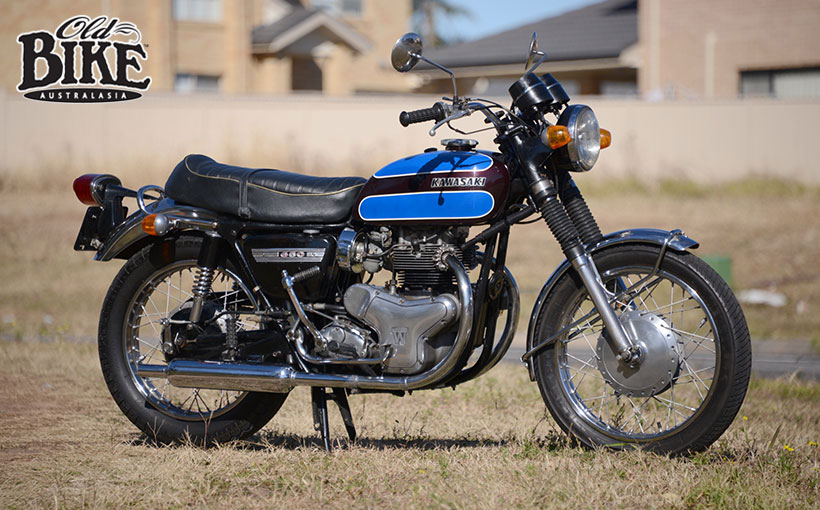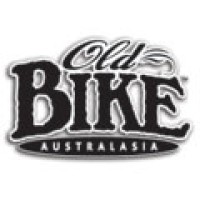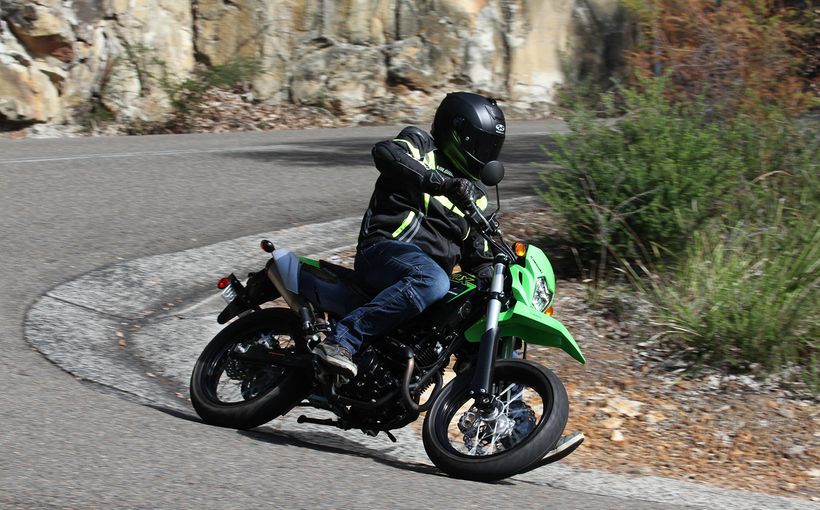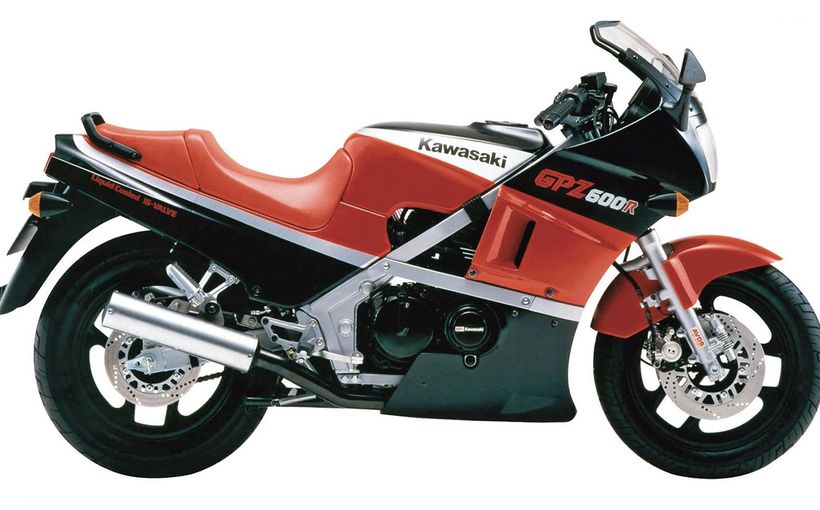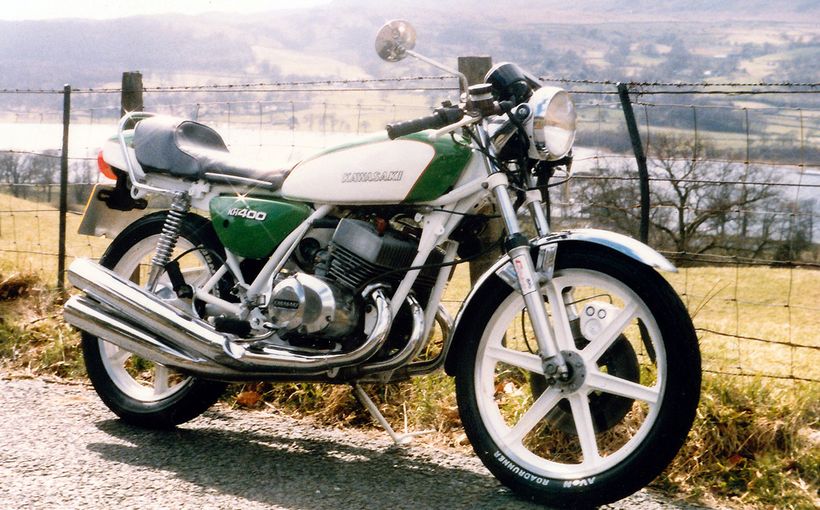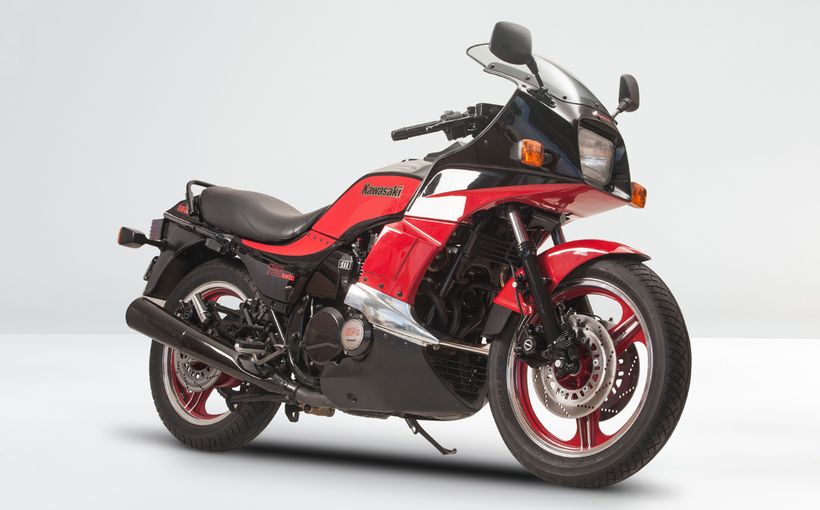
From the time the Edward Turner-designed Triumph Speed Twin stopped British Motorcycle Show-goers in their tracks in 1937, it seemed no motorcycle range was complete without a vertical twin. Eventually, Norton, BSA, Royal Enfield, AJS/Matchless and Ariel would all have variations on the Speed Twin theme. In BSA’s case, the model was the A7 – a 420lb (190kg) 495cc overhead valve parallel twin that broke cover in Australia at the 1947 Sydney Royal Easter Show, attracting a swathe of orders. Within two years, the basic design had been stretched to 646cc in the form of the BSA Golden Flash.
Across the sea in Japan, a multitude of small manufacturers were churning out two-wheelers of all shapes and sizes, many heavily influenced by European designs. Once such concern was Meguro, named after the Tokyo district that housed the Meguro Manufacturing Works. Meguro’s Z97, introduced in 1937 utilizing a 500cc single cylinder engine that was obviously influenced by the Swiss Motosacoche unit, was the first Japanese motorcycle built entirely in-house, rather than being assembled from components sourced from other factories, and was immediately a volume seller. The Z97 became the official motorcycle for the Tokyo Metropolitan Police Department in 1939, but within two years motorcycle production ceased when the Meguro factory was turned over the munitions production for the duration of the war.
Around 1954, Meguro began production of their own take on the British-style parallel twin, a 650cc job called the T, which used the cycle parts from their single cylinder 500cc Z7. At some point in the late 1950s, the company began making overhead camshaft singles, and also latched onto the BSA twin design, whether under a licencing agreement or simply by isolated inspiration, and began production of a model they called the Model K, initially in 500cc form, with the posy-1951 BSA A7 dimensions of 66mm x 72.6mm bore and stroke. However the expense of tooling up for the OHC models, and their subsequent failure in the marketplace, left Meguro cash-strapped, and a strike in the industry in Japan that went on for almost one year did nothing to improve Meguro’s bottom line either. In 1960 Meguro began a cooperative arrangement with Kawasaki.

The Kawasaki takeover of Meguro was completed in 1964, and the former Meguro 250 SG became the first 250 Kawasaki. The Model K became the Kawasaki K2, and with revised engine dimensions to produce 624cc was subsequently marketed as the Kawasaki W1. Although outwardly a BSA clone, the W1 engine actually featured much original thinking. With a claimed 50hp at 6,500 rpm, the W1’s power output was identical to the A10 BSA, although the engine used a shorter stroke (74mm x 72.6mm) as opposed to the 646cc A10’s 70mm x 84mm. The extra capacity over the 500cc Model K was achieved by enlarging the bore size from 66mm to 74mm. Based on the W1-S model, a police version, fitted with the usual panniers, fairing, sirens and other electronic equipment, call the W1-SP, was marketed successfully for several years. With slight revisions, the SP model also saw service as a diplomatic escort vehicle in Japan.

W1 engine – single carb and plain timing case.
The W1 featured all-new cycle parts that included a chrome-panel tank, lighter chrome mudguards, separate instruments and full width alloy hubs with a twin leading shoe front brake. In the home market the W1 sold well, but flopped in its intended market, the USA. A street scrambler version, the W1-TT (named after the US TT Flat Track racing) was introduced in 1967, which used a higher compression engine and twin carburettors. The large sausage shaped silencers were replaced with more stubby items, reminiscent of Triumph mufflers, which were welded to the headers and therefore not easily replaceable with after-market items. This specification was largely carried over to the W2-SS, released in late 1966 in the USA and in Australia before the end of the year. For the American market only, the single-carb W1 continued alongside the W2 in the form of the W1-SS Commander until 1970.

Early Kawasaki W1 tank badges are very distinctive – and Japanese!
In Australia, the Kawasaki/Meguro twin first appeared in early 1966 when McGan & Miller began importing the 500cc K2 into Victoria, priced at $1,118.00. The 650 followed before the end of the year. At this price there were very few takers, and when the W1 appeared on the local scene in October 1966, the price had dropped to $971.00. By way of comparison, a new Suzuki T20 Hustler cost $570.00, a CB450 Honda $850, and a Harley FLHFB $1750.00. The Victorian Police Force began testing a W1-SP in 1966 and an order was placed in July 1967. The first of the all-white models, with special speedos, leather saddle bags and radio equipment were delivered in October of the same year.

The BSA silhouette is most evident in the W2 timing case but there are differences.
The W2 was upgraded with twin 28mm Mikuni carburettors (which had Amal-style ticklers as well as a choke) to replace the single 31mm, with the compression raised slightly from 8.7:1 to 9.0:1. In search of better breathing, the inlet vales increased in size from 36mm to 38mm. The valve gear was actuated by a single, gear-driven camshaft in the rear of the crankcase, with the cam followers in the cylinder block and pushrods also running in a compartment in the block. Downstairs, the crankshaft used a high radial load capacity roller bearing on the drive side and a ball bearing on the timing side (the BSA A7/10 used a plain timing side bearing), with caged roller bearings on the big ends. A technical analysis of the time described the ignition set up. “The coil ignition is operated at half engine speed, but the breaker cam has double lobes 180 degrees apart, so that the single set of points makes and breaks once with each 360 degrees of rotation. The ignition coil is really two coils in one, with duplicate primary and secondary windings, and it delivers a spark to both cylinders simultaneously. Thus, when one cylinder fires, the other spark plug is simply wasting its time at the end of the exhaust stroke. But this system ensures identical timing for both cylinders, which the dual-point alternative does not.” Valve clearance adjustment was also unique. On the left crankcase, a small plug can be removed to expose a mark on the crankshaft. When this is lined up with the middle of the hole, the engine sits at 5 degrees before top dead centre, where the clearances can be set, and the ignition points should be just opening.

The mods added up to 53hp at 7,000 rpm, and allowed US testers to break the magic 15-second standing quarter mile, giving Kawasaki something to crow about in their advertising. A major source of complaint on the earlier models was the notchy and rough action of the transmission when changing gears, but this was cured on the W2 by the adoption of a new system of gear engagement.
Along with the W2-SS, the street scrambler style American market W2-TT, with twin upswept exhaust pipes and mufflers on the left side, came on board in 1968. It lasted just two years, with the second version in 1969 equipped with a rather ugly and bulbous single muffler into which both exhaust pipes fed and exited. The W2-SS arrived in Australia just before Christmas in 1967.

Minor revision followed over the next three years, such as separate speedo and tacho replacing the combined unit that was housed in the headlight shell, as on the 250/350 two stroke twins, and an all-painted petrol tank (introduced in 1969) instead of the chromed version. In 1971, the foot brake was moved to the right side and the gear lever to the left. However but 650 twin still struggled for sales, especially after the introduction of the CB750 Honda.
With the revolutionary 901cc Z1 appearing in 1972, it would have been logical to let the 650 twin die a peaceful death, but Kawasaki felt there was still sales to be had and in 1972 the W3 appeared, with a twin disc front brake replacing the drum, although the drum was retained at the rear. The W3 also used the instrument cluster from the new Z1. A home market version called the 650-RS appeared at the same time and enjoyed reasonable sales until the twin was finally pensioned off in 1975. Official records show that 26,289 of the twins were produced by Kawasaki.
Ironically, the big twin concept appeared again in Kawasaki form in 2000 when the company released its retro-styled W650 overhead-camshaft twin, which is still going strongly today as the W800.
Protect your Kawasaki. Call Shannons Insurance on 13 46 46 to get a quote today.

